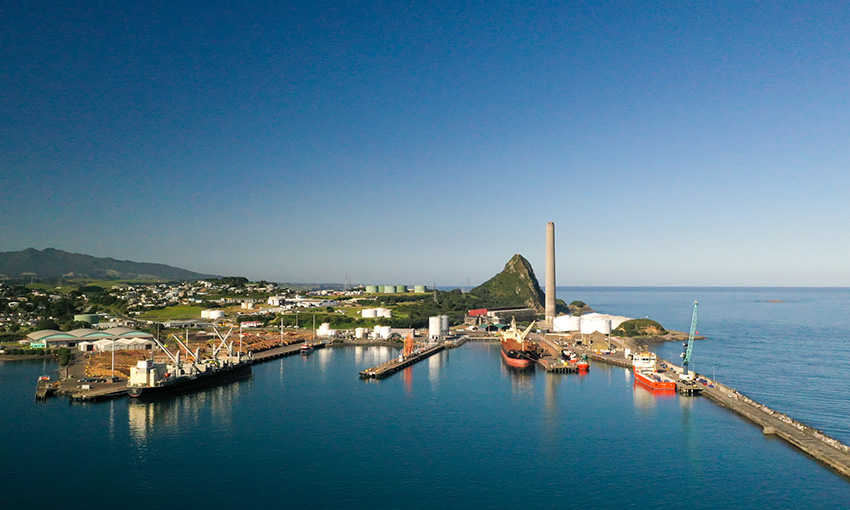PORT Taranaki is beginning work to renew its harbour maintenance dredging resource consents.
Resource consents give permission to use or develop a natural or physical resource or to carry out an activity that affects the environment.
Maintenance dredging is important to Port Taranaki’s ability to trade as a deepwater port.
Dredging removes sediment and sand buildup from the harbour to keep shipping channels clear for trade.
Port Taranaki CEO Simon Craddock said there were many groups and individuals who have an interest in the harbour and its use, and it was important the port talked with those groups to understand any concerns or questions they may have.
“Operating in and alongside the marine environment and protecting and enhancing the harbour is extremely important to us as it is to many people in our community,” Mr Craddock said.
“We want to ensure that the public are well-informed and that we are aware of any and all concerns so these can be investigated as part of our studies and preparation ahead of lodging our consents application.”
Much of the focus of the preparatory work will be the two disposal grounds – inshore and offshore – where the sediment and sand removed during the dredging is deposited.
Marine scientists from the Taranaki Regional Council carry out regular monitoring of the Kawaroa Reef and Arakaitai Reef for sand accumulation, ecological impacts, and the effects on kai moana.
There have been no adverse effects on the reefs linked to maintenance dredging according to the council’s scientists.
Port Taranaki has appointed marine and planning consultant Dr Alison Lane as project manager and to assist with developing the dredging consents application.
“It’s important this work is carried out thoroughly and scientifically to determine how best to manage the dredging activities into the future to avoid adversely impacting the environment or the many recreational, cultural and commercial values of our beautiful coast,” Dr Lane said.
“As part of this process, we will carefully assess the behaviour of sediments in the current disposal grounds over the past two decades to see if these are still the most suitable sites or if modification of the sites would be beneficial.”





